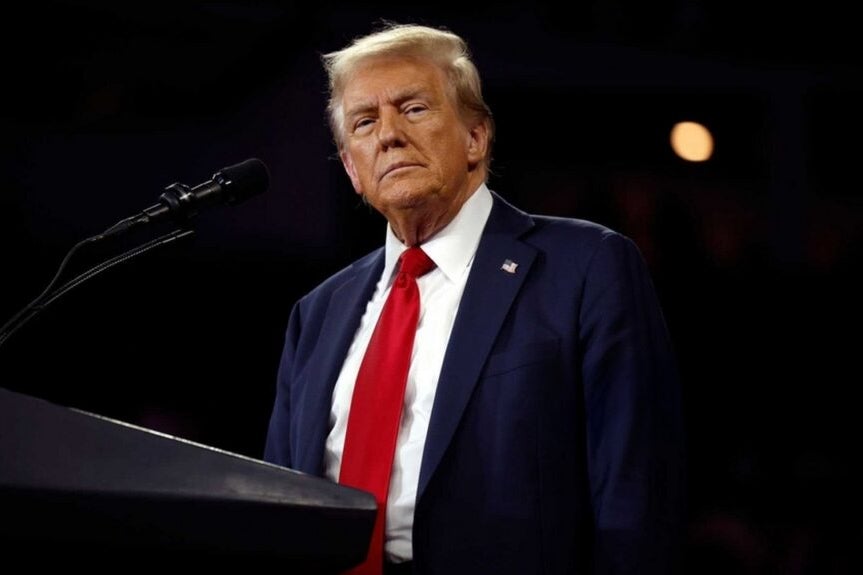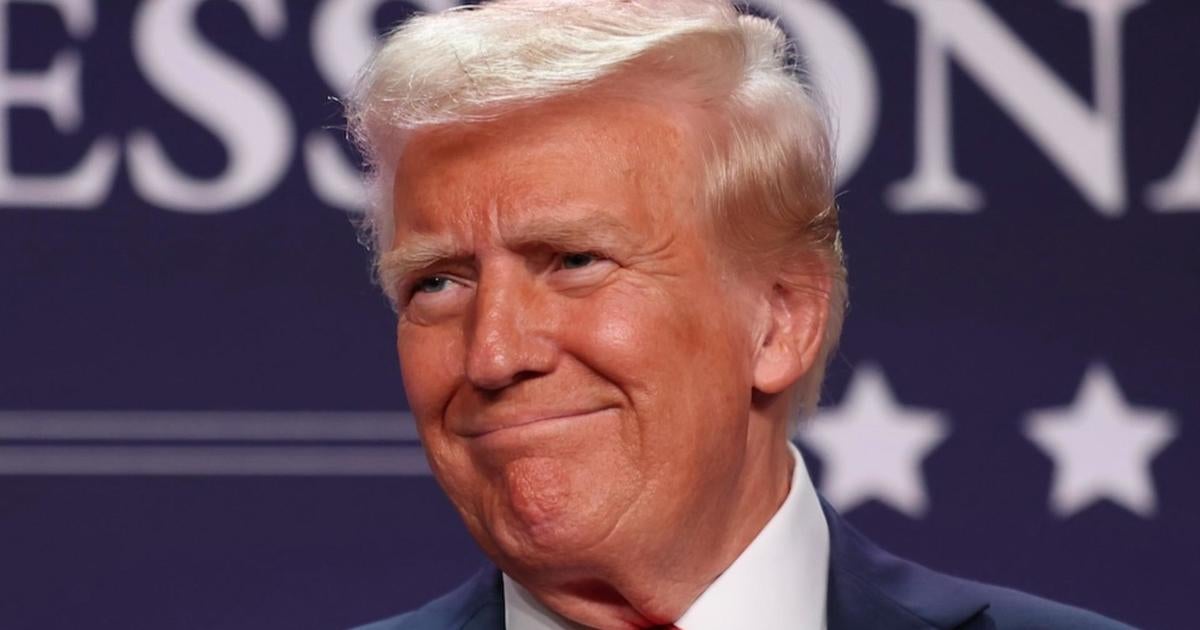Unraveling the Ripple Effect: How Trump’s Tariffs Shift Global Markets
In recent years, economic policies under former President Donald Trump, particularly his imposition of tariffs, have created significant ripples throughout global markets. These tariffs, aimed chiefly at China and other trading partners, have not only altered the landscape of international trade but also influenced stock indices in Asia and Europe, while simultaneously propelling the U.S. dollar to new heights. This article delves into the implications of Trump’s tariffs, examining their effects on global markets, trade relationships, and investment patterns.
The Genesis of Trump’s Tariffs
Trump’s tariffs originated from a perceived need to protect American industries, particularly manufacturing, from what he described as unfair competition and trade practices. The administration’s rationale rested on the belief that imposing tariffs would discourage imports, thus allowing domestic producers to thrive. Following his election in 2016, Trump quickly initiated a series of tariffs, notably on steel and aluminum, and later escalated them against China, targeting a wide array of goods.
The Immediate Impact on Global Markets
The ripple effect of Trump’s tariffs was felt almost immediately across global markets. Here’s how:
- Stock Market Volatility: Following the announcement of tariffs, stock indices in Asia and Europe experienced significant downturns. Investors reacted with caution, fearing that rising trade tensions would lead to reduced economic growth and increased costs for businesses reliant on foreign supply chains.
- Strengthening of the U.S. Dollar: As global markets destabilized, the U.S. dollar surged to a three-week high, reflecting its status as a safe haven during uncertain times. A stronger dollar can make U.S. exports more expensive, further complicating trade dynamics.
- Supply Chain Disruptions: Many companies, especially those in the manufacturing sector, faced immediate challenges due to disrupted supply chains. Tariffs increased costs for raw materials, compelling businesses to either absorb the costs or pass them on to consumers.
Long-Term Implications for International Trade
The long-term implications of Trump’s tariffs on international trade are profound. Some key aspects to consider include:
Reconfiguration of Trade Relationships
Countries affected by U.S. tariffs began to seek alternative markets and suppliers. For instance, China responded by increasing imports from other nations while simultaneously investing in domestic production capabilities. This reconfiguration has led to a diversification of trade relationships, which could persist beyond the Trump administration.
Investment Shifts and Economic Realignment
With tariffs reshaping the competitive landscape, many investors began to reassess their strategies. Some key trends emerged:
- Increased Foreign Direct Investment (FDI): Countries outside the U.S. began to attract FDI as companies sought to mitigate tariff impacts by relocating production facilities. For example, Vietnam saw an influx of investment as businesses looked to establish manufacturing bases outside China.
- Reshoring Initiatives: Some U.S. companies opted to bring manufacturing back home to avoid tariffs. This trend has the potential to revitalize American manufacturing but may come with increased costs and challenges.
Sector-Specific Consequences
Different sectors have experienced varying impacts due to Trump’s tariffs. Here are a few notable examples:
The Agricultural Sector
The agricultural sector has faced significant challenges, particularly in light of retaliatory tariffs imposed by countries like China. American farmers found themselves at a disadvantage, leading to:
- Decreased Exports: With tariffs on American agricultural products, exports plummeted, affecting farmers’ incomes.
- Government Subsidies: In response, the U.S. government introduced subsidies to support struggling farmers, which raised concerns about long-term sustainability and market distortions.
The Manufacturing Sector
Conversely, some manufacturing sectors initially benefited from tariffs by reducing competition from abroad. However, as costs rose, the overall benefits became less clear:
- Increased Production Costs: Tariffs on steel and aluminum significantly raised input costs for industries like automotive and construction, leading to price hikes for consumers.
- Investment in Automation: To counteract rising labor and material costs, many manufacturers turned to automation, which could reshape the labor market in the long term.
The Global Response: A Shift in Economic Strategies
In response to the U.S. tariffs, many countries have reevaluated their economic strategies. Here are some notable shifts:
Strengthening Regional Trade Agreements
Countries have sought to strengthen regional trade agreements to mitigate reliance on the U.S. For instance, the Comprehensive and Progressive Agreement for Trans-Pacific Partnership (CPTPP) gained traction among Pacific Rim nations, highlighting a collective effort to promote trade independent of U.S. influence.
Emergence of New Trade Alliances
The tariffs have fostered new trade alliances, as countries look to support one another against U.S. economic policies. This shift could lead to a more multipolar global trade environment, where economic power is distributed among several nations rather than concentrated in the U.S.
Looking Ahead: The Future of Global Trade in a Tariff-Heavy World
As we look to the future, the landscape of global trade will likely continue to evolve in response to Trump’s tariffs and other geopolitical factors. Key considerations include:
- Continued Volatility: Markets will likely remain sensitive to tariff announcements and trade negotiations, creating an environment of uncertainty.
- Innovation and Adaptation: Businesses will need to innovate and adapt their strategies to navigate the complexities of a tariff-heavy environment, focusing on flexibility and resilience.
- Policy Revisions: Future administrations may need to reassess tariff policies, balancing protectionism with the benefits of global trade.
Conclusion
The ripple effect of Trump’s tariffs has undeniably shifted global markets, prompting a reevaluation of trade relationships and investment strategies worldwide. As countries adapt to these economic policies, the potential for new alliances and trade dynamics will shape the future of international commerce. Embracing change and fostering innovation will be crucial for businesses as they navigate this complex landscape. Ultimately, while the tariffs have created challenges, they also present opportunities for growth and resilience in an ever-evolving global economy.
See more CCTV News Daily



